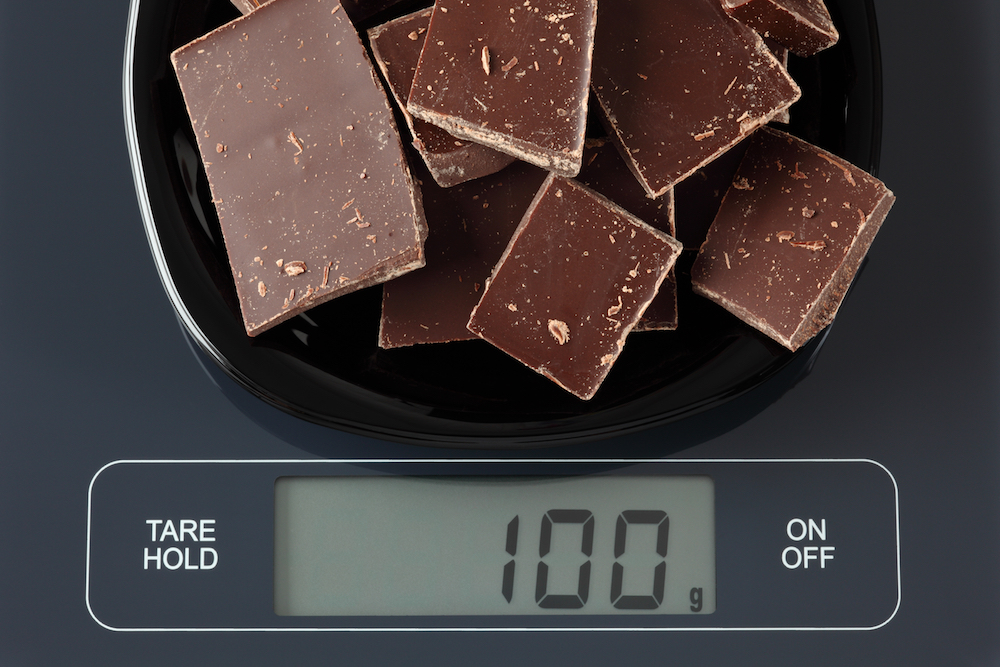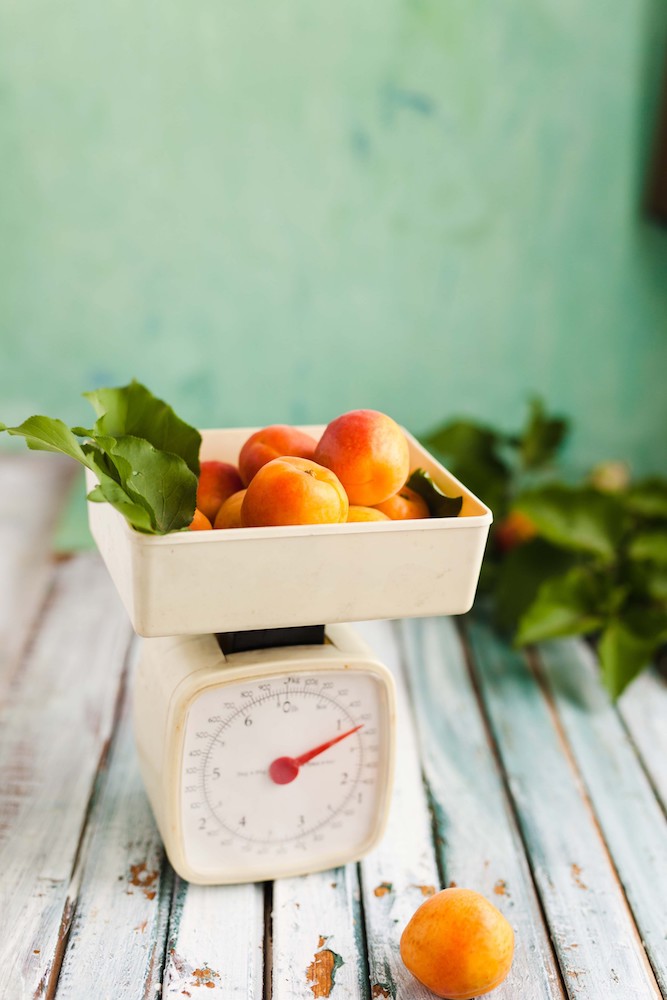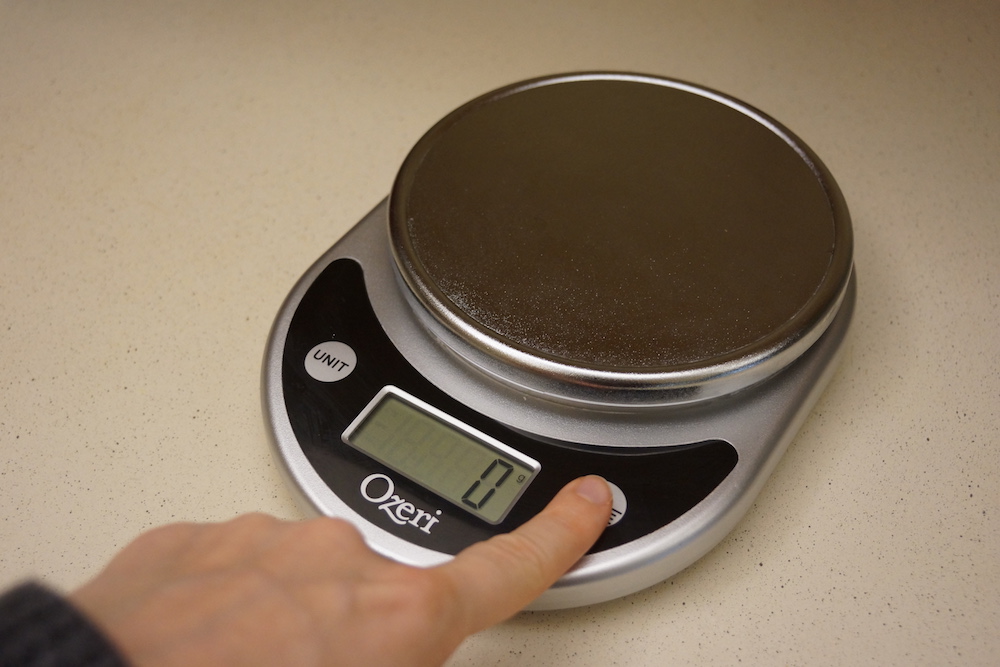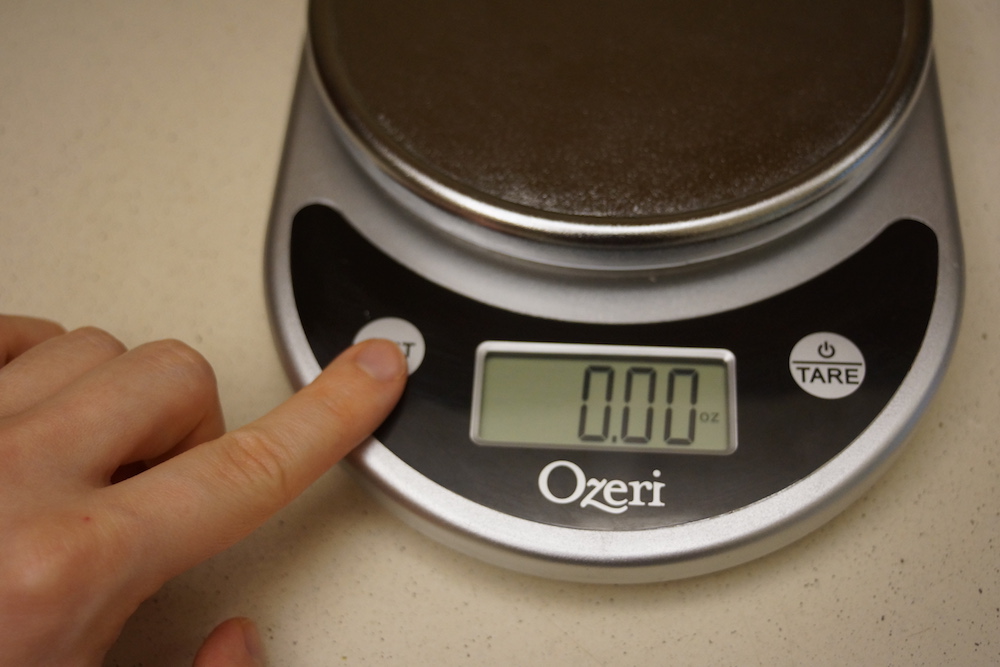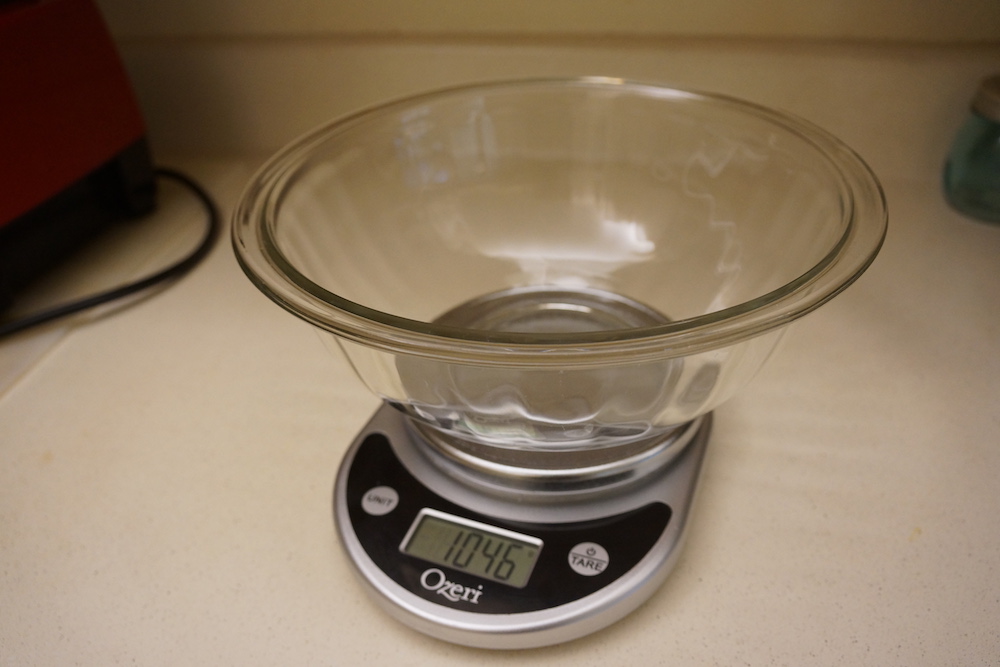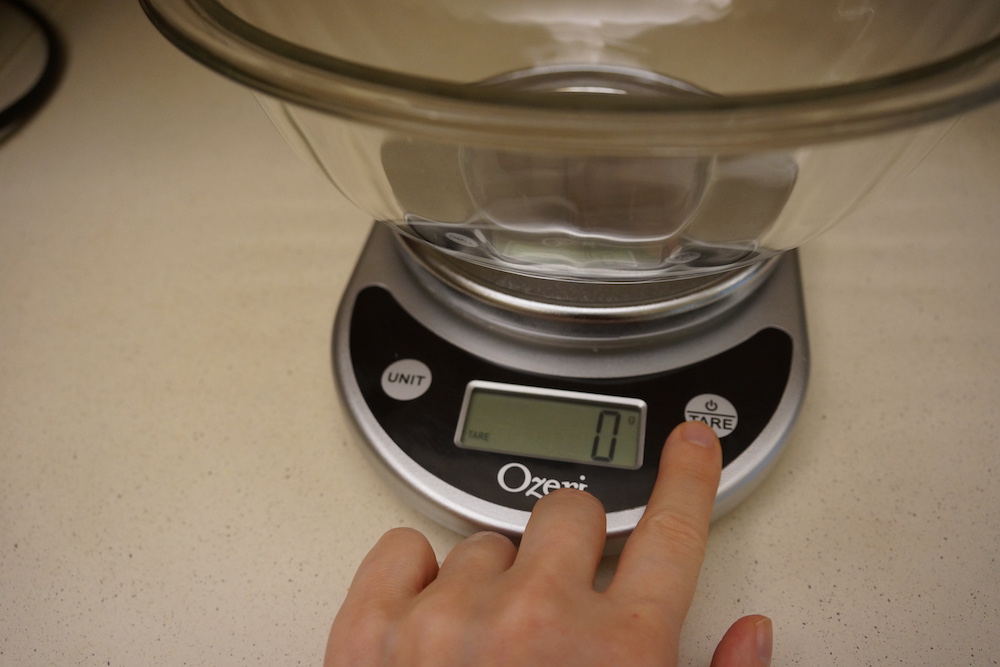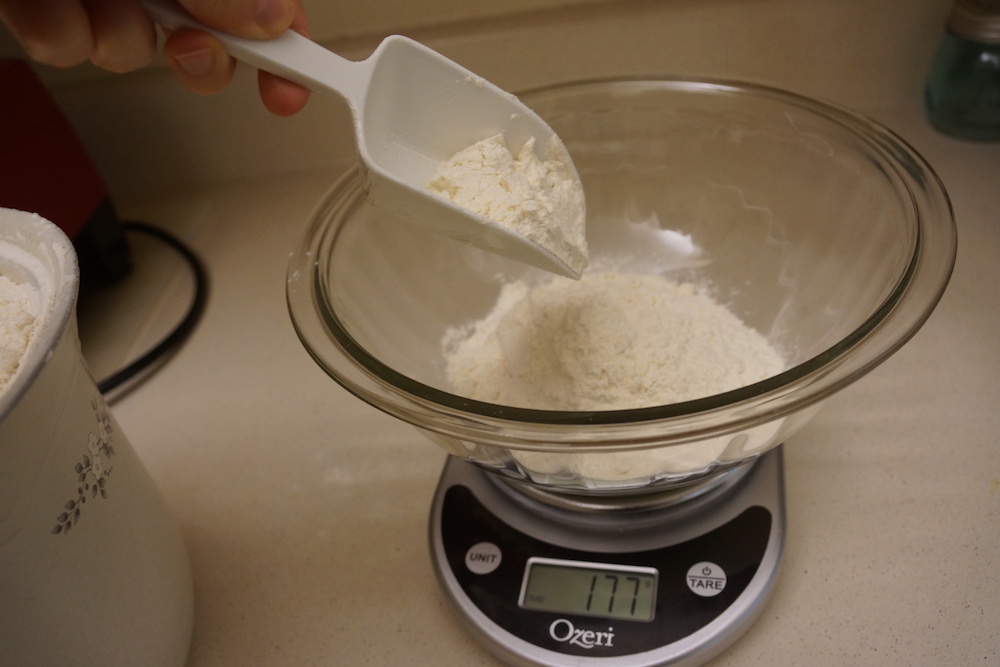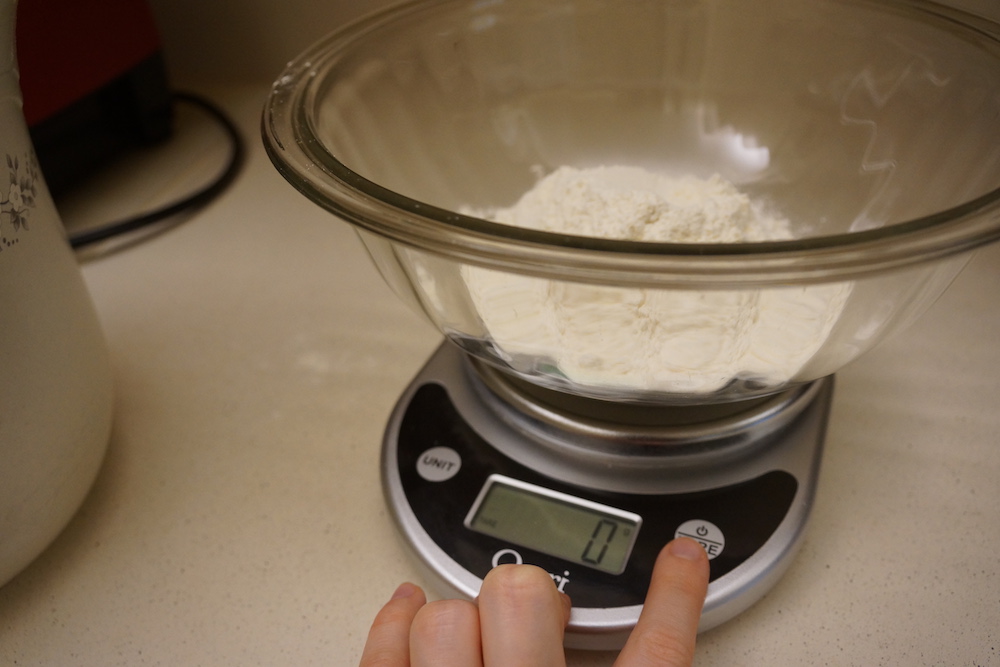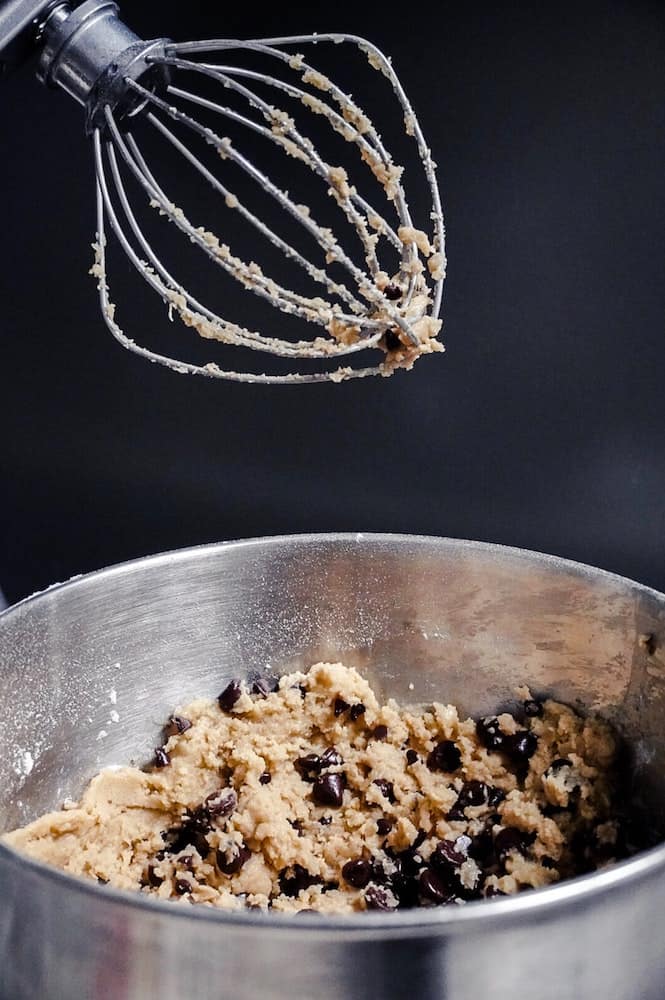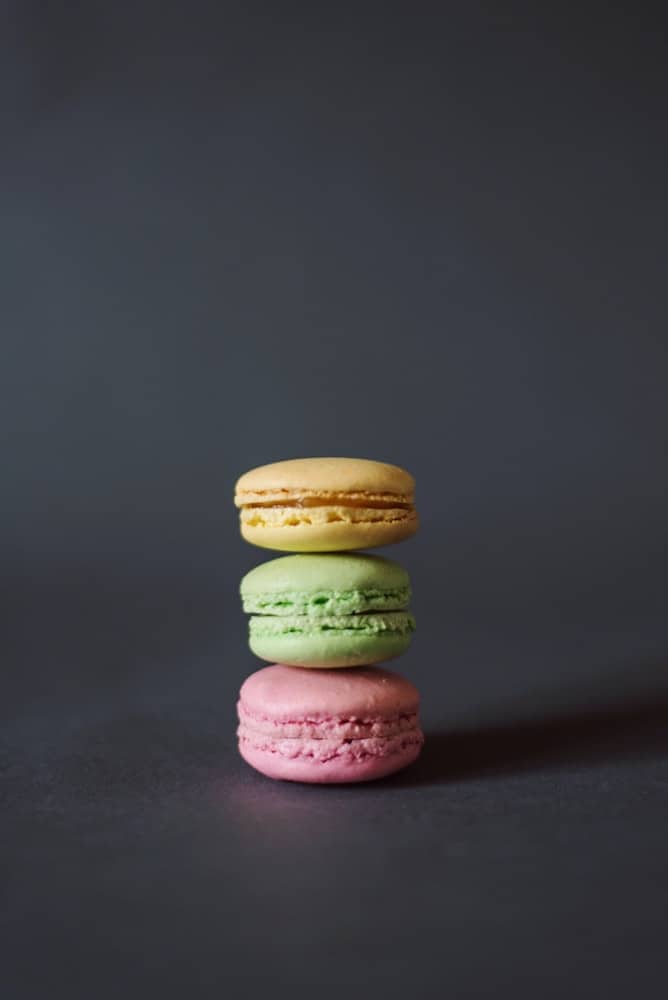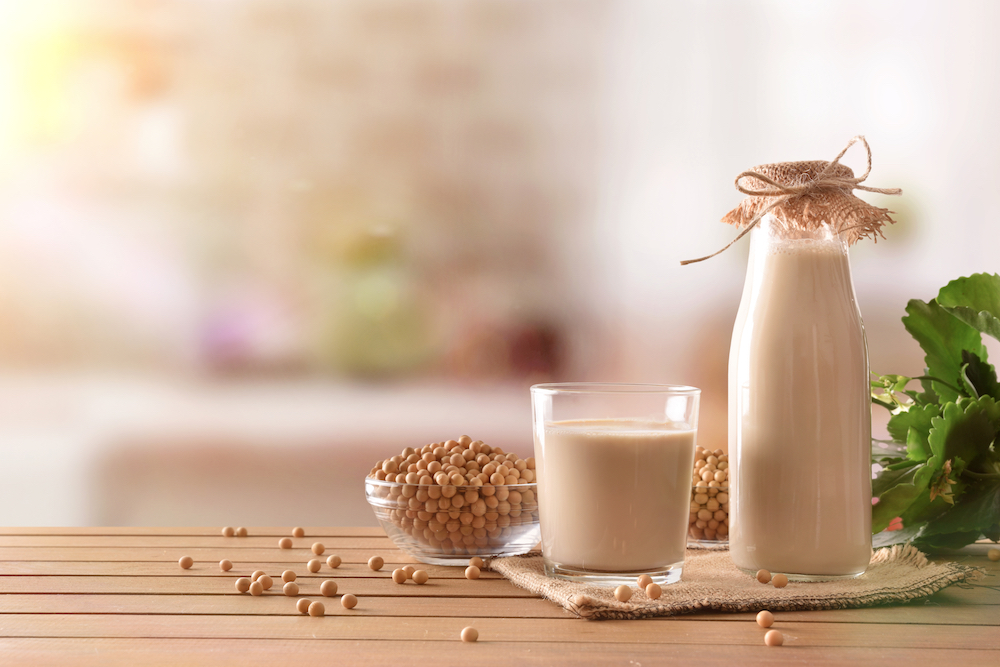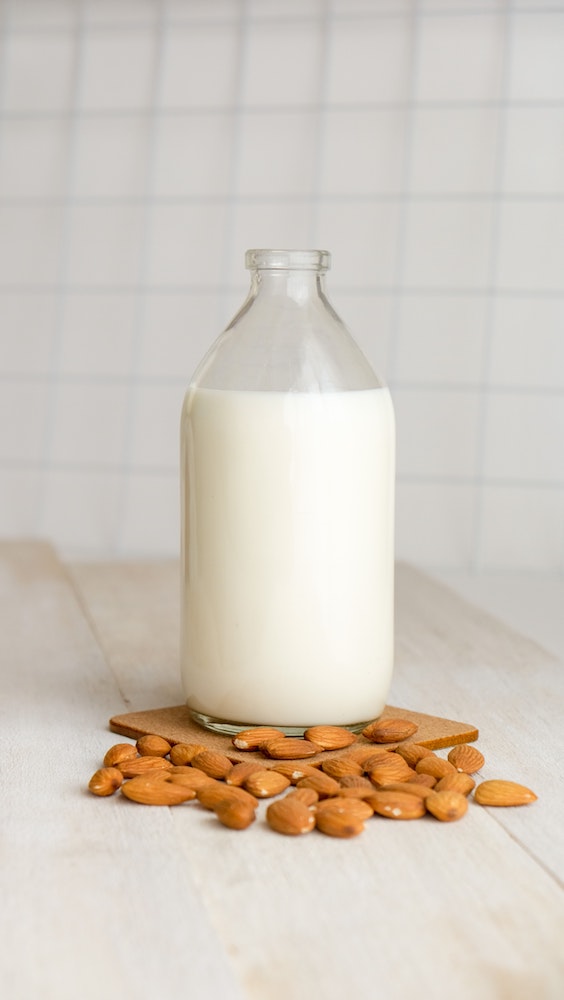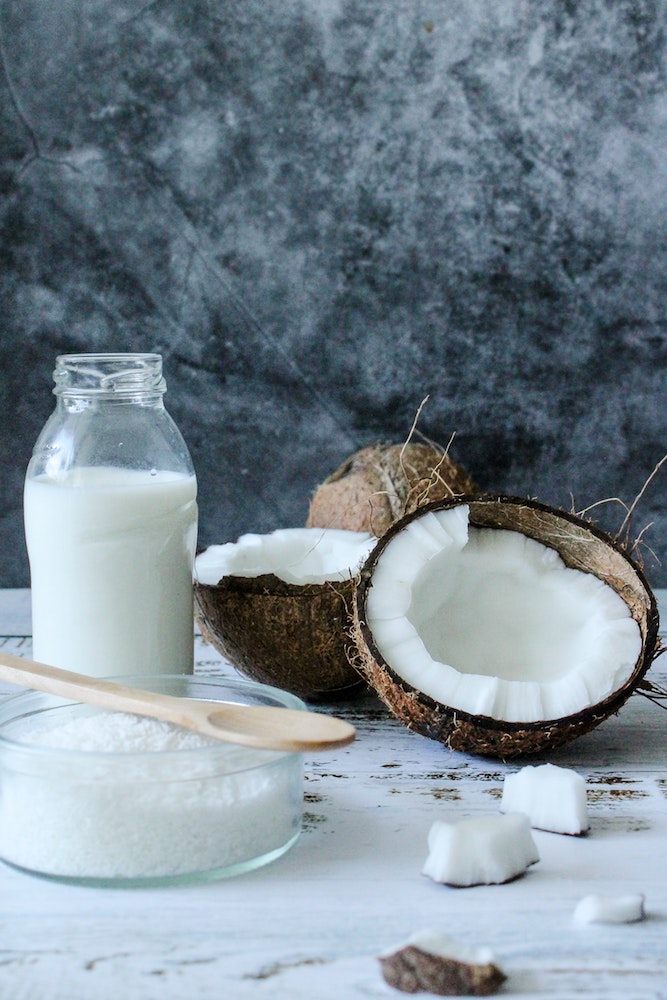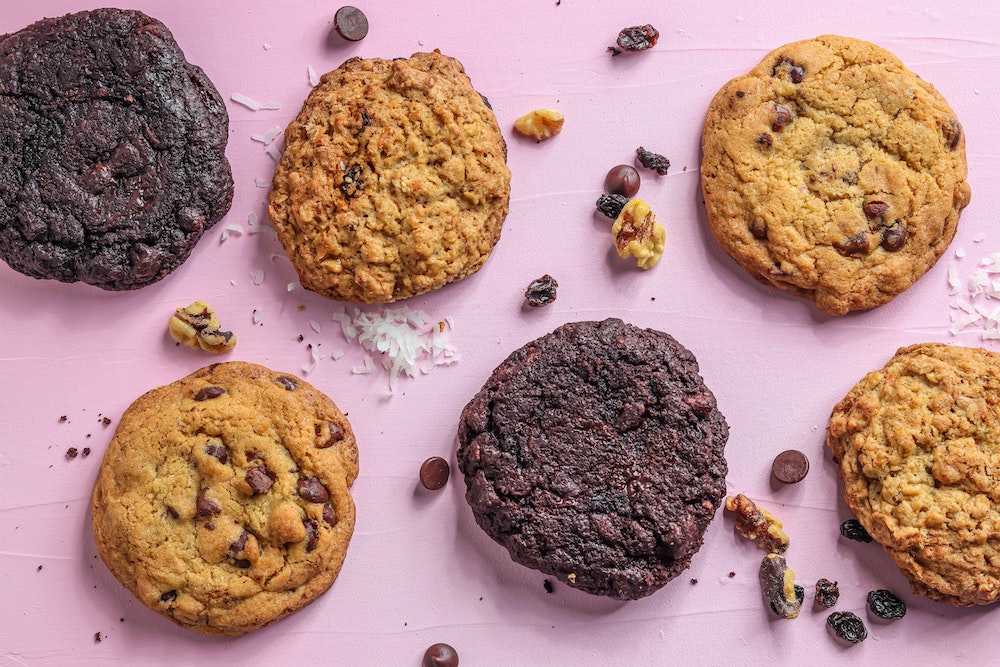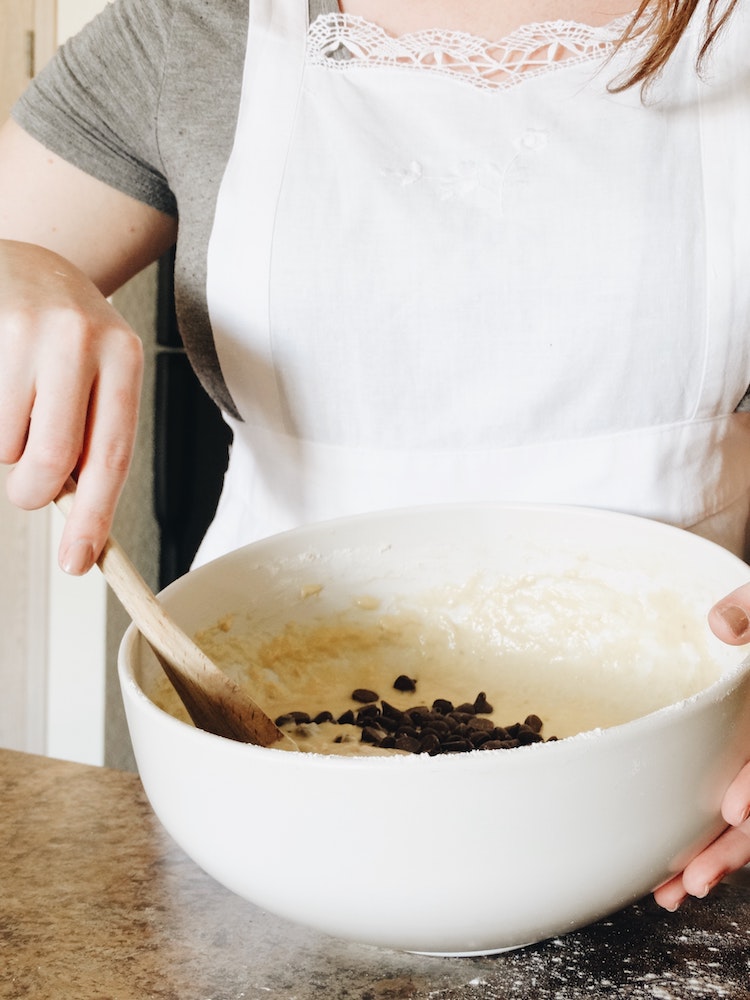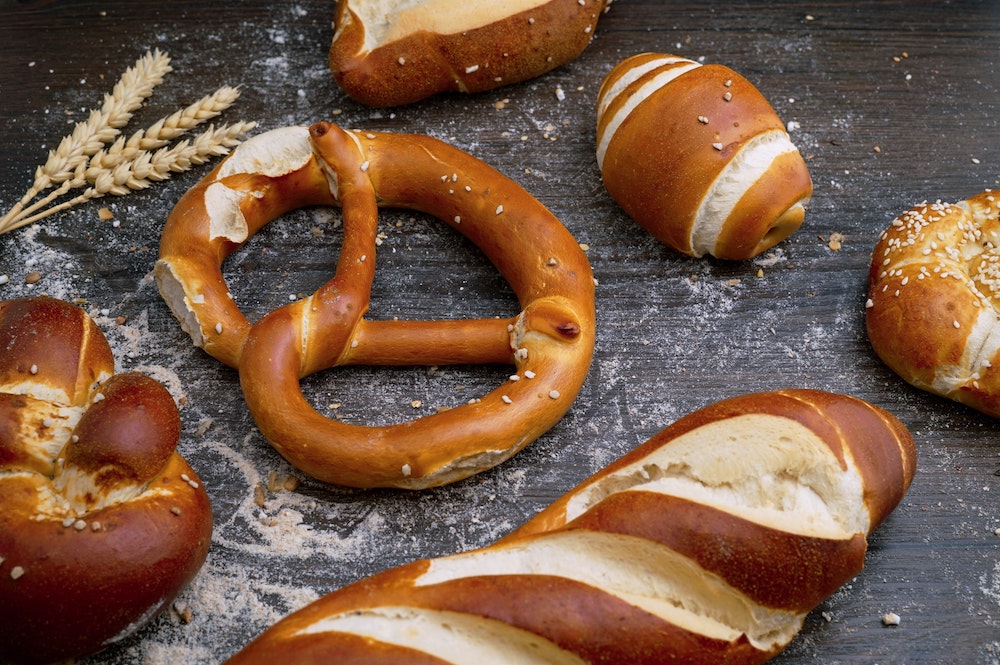
We eat with our eyes first. Don’t you love going into a bakery and seeing all of the beautiful things for sale?
There’s just something super appealing about a bread roll, pretzel, or pie that’s beautifully golden brown with a slight shine. It looks more finished, elegant, and edible.
But what makes it look that way?
In many cases, baked goods— especially pastry and breads— are finished off with an egg wash. Obviously, with “egg” in its name, you can tell that it’s not vegan. But it’s worth talking about what an egg wash is so that we can replicate the effects without eggs!
What is an egg wash?
Basically, an egg wash is a beaten egg with added water, milk, or cream for spreadability. It is then brushed on top of a pastry or other baked item before it goes in the oven.
This makes your baked goods look better in several ways:
It adds color
Eggs contain protein. And like other protein-rich foods, when egg wash reaches a certain temperature, the enzymes in these proteins undergo a chemical reaction. This turns the enzymes (and the egg wash) brown and gives your baked goods a richer flavor.
It adds shine
Egg yolks also contain fat. This gives baked goods a nice, shiny glossy finish.
It can give structure
Egg wash can help seal pastry together so that the goodies within don’t leak all over your oven. This is important in giving your pastry a nice, clean look. It can also help seal in moisture, ensuring that your pastry or bread doesn’t get dried out in the oven.
So clearly, egg wash has a lot of important uses, both aesthetically and flavor-wise. But if you’re eating plant-based (or if you’re allergic to eggs), you can’t eat food that’s been egg washed. So what are you to do to replicate this effect?
Luckily, there’s a few super simple solutions that use ingredients that you probably already have at home! Let’s learn more about them.
Liquid Sweetener (such as agave syrup or maple syrup)
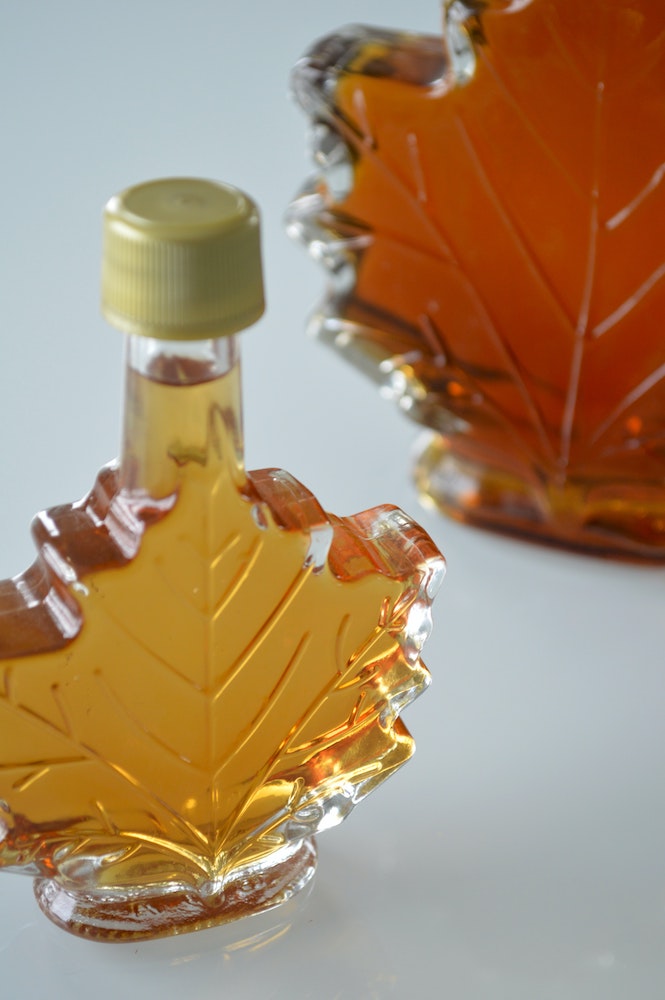
Using liquid sweeteners or syrups works well for glazing sweet bakes. As the glaze bakes, it will caramelize and give you a lovely, shiny, sweet finish and a golden brown color.
But which liquid sweetener is best to use? My personals favorites are agave and maple syrup.
Agave syrup is popular amongst vegans, since it’s a liquid sweetener that’s made by plants (rather than by bees). It’s sweeter than honey and sugar, as it has a high fructose content. Agave is light in color and doesn’t have a strong flavor.
You can also use maple syrup. It may result in a darker color or a slightly maple-y taste compared to agave— but this isn’t necessarily a bad thing! It may compliment your bakes.
Other liquid sweeteners will likely also work. One site I found even used a water and sugar glaze. But I’ve personally only used the two I’ve mentioned, so I can’t attest to the effectiveness of any other sweetener.
Syrup works best for: Any recipe that you’d like to have a sweet, glossy, caramelly finish.
Downsides: Sweet syrup doesn’t work well with savory baked goods.
As well, using syrup adds an extra step to your baking process. Usually, you add an egg wash prior to baking. But baking undiluted sweetener for a long time can cause it to brown quickly and even burn. For that reason, I would recommend brushing it onto the top of your baked goods five minutes before it’s finished baking. This way, it cooks into your baked goods without burning.
Plant Milk
A milk wash is great because chances are, you’ll always have plant milk in the house.
As well, as long as you’re using an unsweetened, unflavored variety of plant milk, it won’t add any extra flavor or sweetness to your baked goods.
Milk gives a deep golden brown color to your baked goods. Because you’re trying to emulate the browning effect of an egg’s protein, a plant-based milk that contains protein and fat (such as soy milk or nut milks) will work best.
Unfortunately, a milk wash doesn’t add an attractive shine like an egg wash does.
Milk works best for: Any baked good that you want to be golden brown, such as breads, pies, and pastries – sweet or savory!
Downsides: A milk wash will give your baked goods a nice golden brown color, but it unfortunately will not give them a lovely shine.
Plant Milk + Liquid Sweetener (such as agave or maple syrup)
A combination of milk and sweetener gives you the best of both worlds of the two options I’ve just talked about. While the milk will help brown your baked goods, the sweetener will help give a caramelized sheen to the finished product.
To make this wash, a good general ratio is one part milk to one part syrup. Stir them together in a bowl, and it’s ready to use.
As a bonus, the milk dilutes the sugars in the syrup enough that you’ll be able to brush the wash on before your baked goods go in the oven; there’s not as much risk of the sugars burning.
Milk + sweetener works best for: sweet baked goods, such as fruit pies and pastry. Anything you want to have a golden brown, shiny finish.
Downsides: Again, since there’s sugar in this wash, it doesn’t go with savory baked goods.
Apricot Glaze
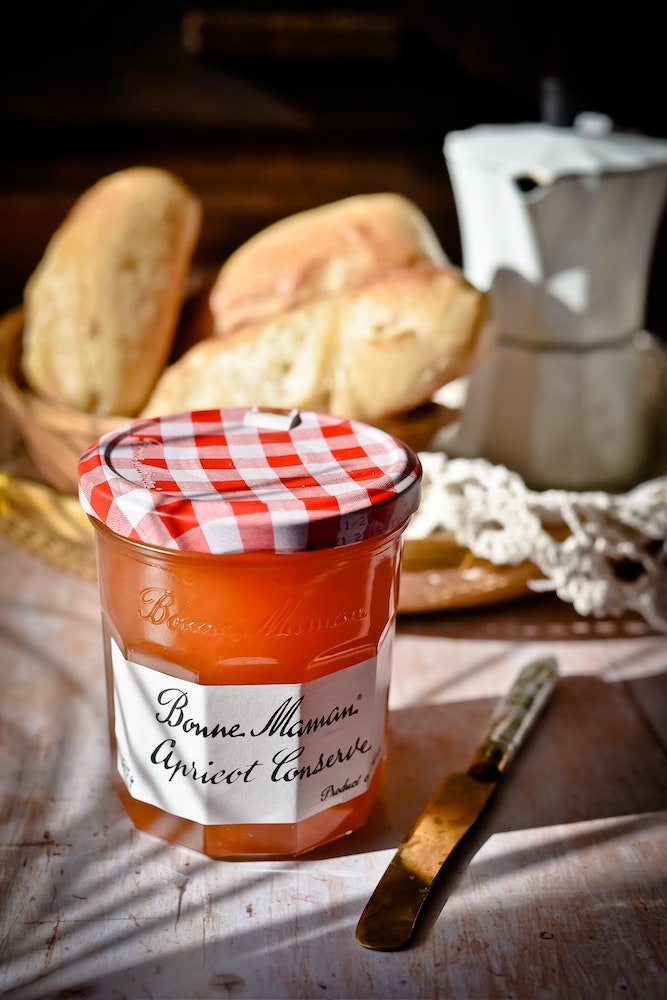
A glaze isn’t the exact same thing as an egg wash, but it will still give you an attractive color and shine.
An apricot glaze is a great solution for sweet pastry. It’s naturally sweet but doesn’t have a strong fruit flavor or color. It can also act as a protective coating for your pastry, helping it retain moisture as it bakes.
Plus, an apricot glaze is super easy to make.
Simply combine 125 grams (or ½ cup) of apricot preserves with 1 tablespoon of water in a saucepan. Cook on medium heat, stirring until the preserves become liquid. Turn off the heat and let cool until slightly warm, and then brush on a light coating of glaze onto your baked goods before baking them.
Apricot glaze works best for: pastries, danishes and croissants, pies, and other sweet baked goods. Would work especially well for desserts with fruit in them. Also good for pastry that you want to retain some moisture while it bakes.
Downsides: only really works for sweet baked goods. As well, a glaze is not functionally the same thing as an egg wash.
Oils, such as olive oil or coconut oil
Oil doesn’t carry much of a taste, making this a good choice for both sweet and savory bakes. As well, you always have oil around the house, making this a practical choice for finishing off your baked goods.
Olive oil is frequently used with bread. But other oils, such as coconut oil, would also work to brown your baked goods and give them a bit of a sheen.
One cool way to impart extra flavor into your savory bakes is to buy infused oils. They’re a bit of a splurge, but by using them, you can add extra garlic, rosemary, or other flavors to your bread!
Oil works best for: Breads or other baked goods where you want a soft texture and don’t mind oily fingers. For instance, focaccia is brushed with olive oil, giving its distinct texture.
Downsides: Adding extra oil will give you the color and shine that you want, but it definitely makes your baked goods oily. This may be unpleasant or take away from the texture, depending on what it is you’re making.
Vegan Butter
There’s a ton of brands of vegan butters these days. Chances are, you can find at least one variety at your local supermarket.
Vegan butter works well as a wash if you want to add color and extra rich, buttery flavor. I like to use it when making soft breadsticks. Because it’s not sweet, butter can be an option for washing both sweet and savory bakes.
However, the huge variety out there means that it can be hard to find the perfect one for you and your kitchen’s needs. Some butters are definitely oilier than others, and I’ve found that some taste better than others. You need to experiment to find out what works best for your bakes.
Butter works best for: Soft bakes such as breadsticks, soft rolls, or anything that you may want to add extra buttery flavor to. Like oil, butter softens bread, so don’t use it for anything you’d like to have a crispy crust.
Downsides: Like oil, butter can make your baked goods have a greasy outer texture. This is unwanted for baked goods like puff pastry, where you want a flaky or crunchy texture.
I also recognize that vegan butter is expensive compared to some of the other options on this list, and it can be hard to find depending on where you live. It may not be the most convenient option for you.
Conclusion
There’s lots of alternatives out there to egg wash, proving that you don’t need eggs to make satisfying or attractive baked goods.
What vegan washes or glazes have you used to finish off your baked goods? What’s worked best for you?
